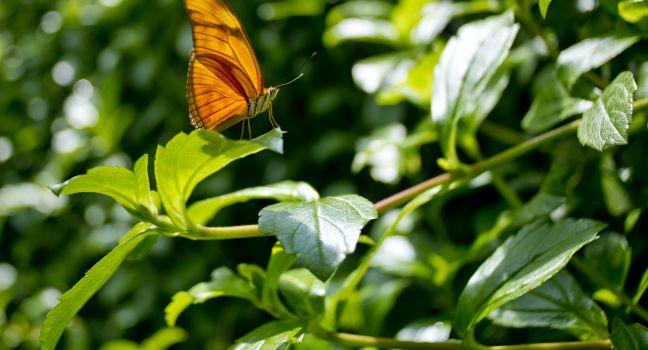Hermitage Amsterdam

Taking advantage of 300 years of historical links between Amsterdam and St. Petersburg, the directors of the State Hermitage Museum in St. Petersburg and of the Nieuwe Kerk museum in Amsterdam chose this spot on the Amstel for a new outpost. In 2009, the final refurbishment stage of the former home for the elderly Amstelhof was completed, with high white interiors and smaller side rooms connected by long unadorned corridors. The amount of exhibition space is actually much smaller than you might imagine from the outside (or from the entry price), but the quality of the shows is generally excellent.




